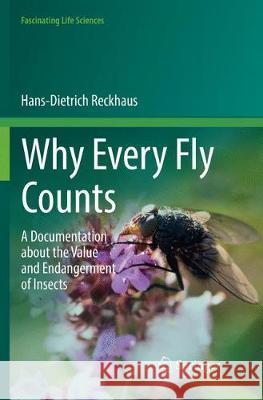Why Every Fly Counts: A Documentation about the Value and Endangerment of Insects » książka
topmenu
Why Every Fly Counts: A Documentation about the Value and Endangerment of Insects
ISBN-13: 9783319864709 / Angielski / Miękka / 2018 / 111 str.
Kategorie:
Kategorie BISAC:
Wydawca:
Springer
Seria wydawnicza:
Język:
Angielski
ISBN-13:
9783319864709
Rok wydania:
2018
Wydanie:
Softcover Repri
Ilość stron:
111
Oprawa:
Miękka
Wolumenów:
01
Dodatkowe informacje:
Glosariusz/słownik











